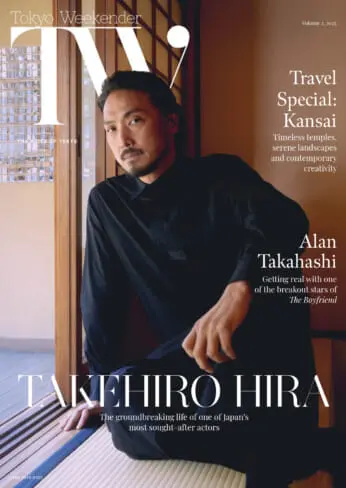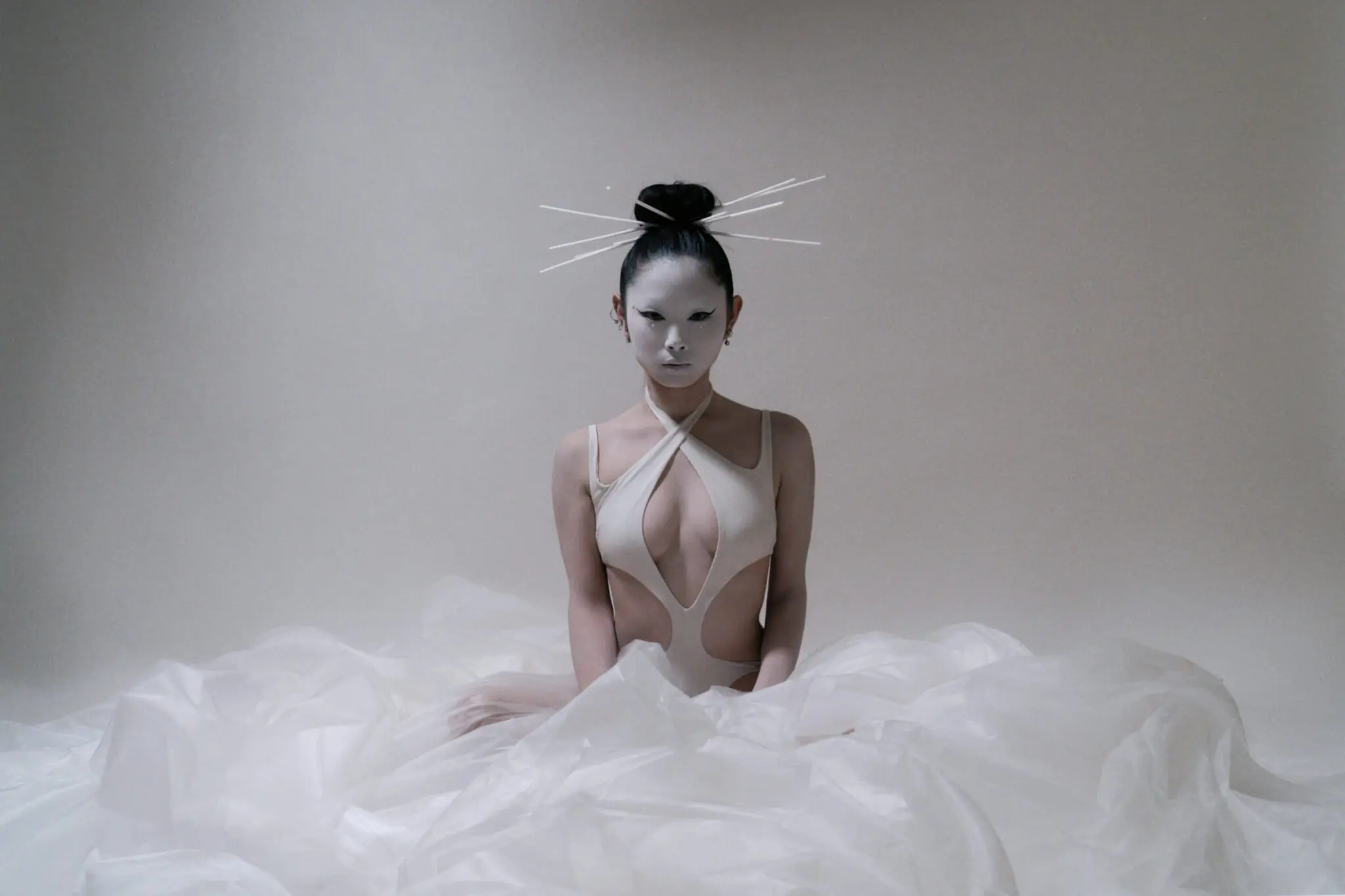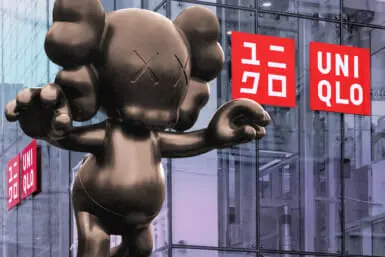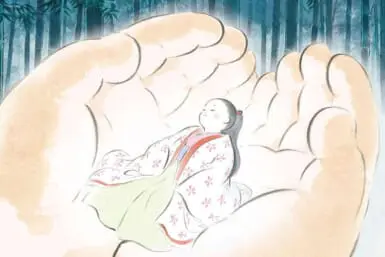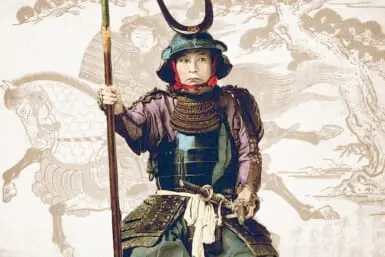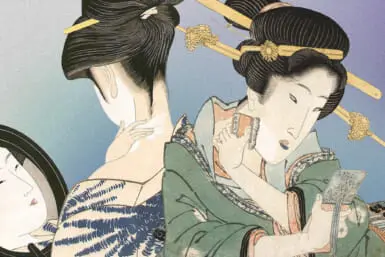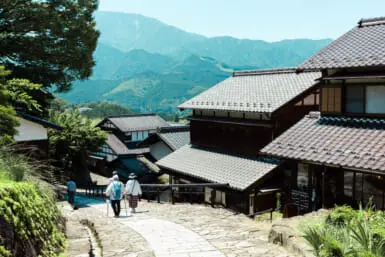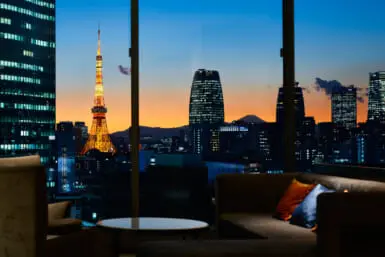This article appeared in Tokyo Weekender Vol. 2.
To read the entire issue, click here.
Butoh dancer Kana Kitty begins each performance with a poem. A little-known fact about Butoh is that its choreography is invisibly yet inextricably linked to poetry. “I write a poem for every performance,” Kana explains, “and I recite it in my head while I dance. Butoh rhythm is often based on the words’ intonation.”
Though her poetry is beautiful — she grabs her phone and reads one to me, her raspy yet gentle voice putting us both under a spell — she usually never reads them aloud. She only “dances on them,” as she puts it. “The ‘toh’ in Butoh means ‘to stomp,’” she explains.
The word “Butoh” is comprised of two kanji: “bu,” which means “dance,” and “toh,” which means “step,” “tread” or “stomp.” Taken together, these two characters convey the idea of a dance form that’s intense, grounded and deeply expressive. Initially founded in the late 1950s as a reaction against the contemporary dance scene in Japan, which was seen as too Westernized and commercialized, Butoh revels in darkness, strangeness and existential despair, with dancers slowly and precisely contorting their bodies into unusual positions in a manner that simultaneously recalls agony and rapture.
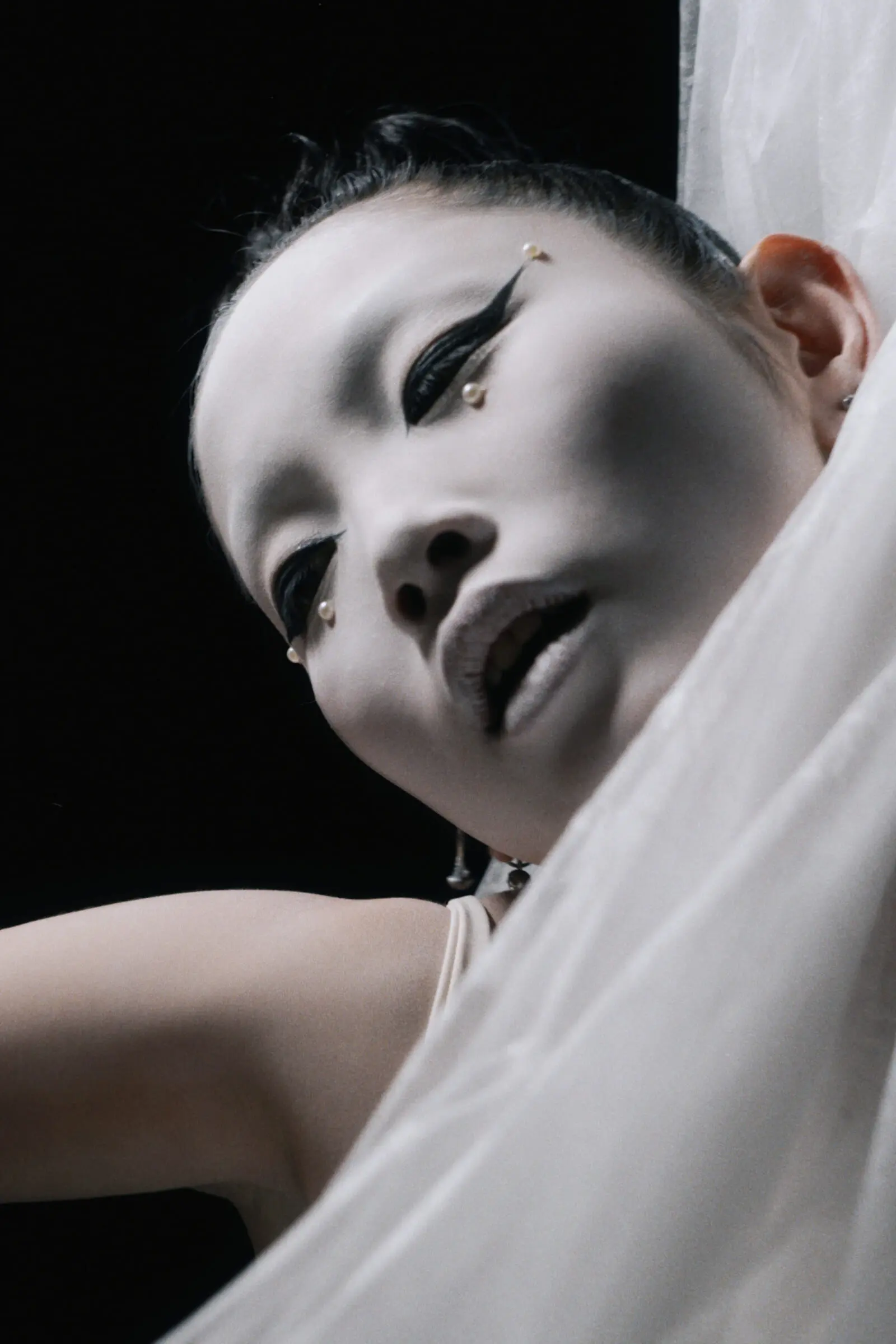
An art college graduate, Kana is a self-taught Butoh dancer, having entered that world in 2009. She went on to perform at art festivals in Japan and abroad, appear in movies, TV and music videos, and model for fashion brands, expanding the reach of Butoh. She often performs in night clubs and at raves, most notably at Re:birth Festival and Mutek, both in 2021.
“I feel techno is very similar to traditional Japanese taiko drum sound,” she says, and imitates a “du du du” sound. “That’s why Japan has a good techno scene.”
Fierce, funny and above all a deep thinker, Kana is completely devoted to the “dance of darkness.” Her passion for Butoh informs every aspect of her life, and her keen, unique perspective has enlivened and enriched the medium: a poem that’s stomped rather than read.
Dance Like No One Is Dancing
Butoh is an anti-ballet, full of grotesque and cathartic darkness. The avant-garde Japanese dance style was spearheaded by Tatsumi Hijikata and Kazuo Ohno, who looked at Japanese and Western dance at the time and chose neither. They dug in the post-war darkness for unique inspiration. This darkness is reflected in the hyper-controlled movements, the sparse mise-en-scène and the dancers themselves — usually body paint and rags for costume.
“It was a moment to stand up from the rubble,” Kana explains. “Although Hijikata never [explicitly] mentioned the war, he was saying how Butoh is like a standing dead body.”
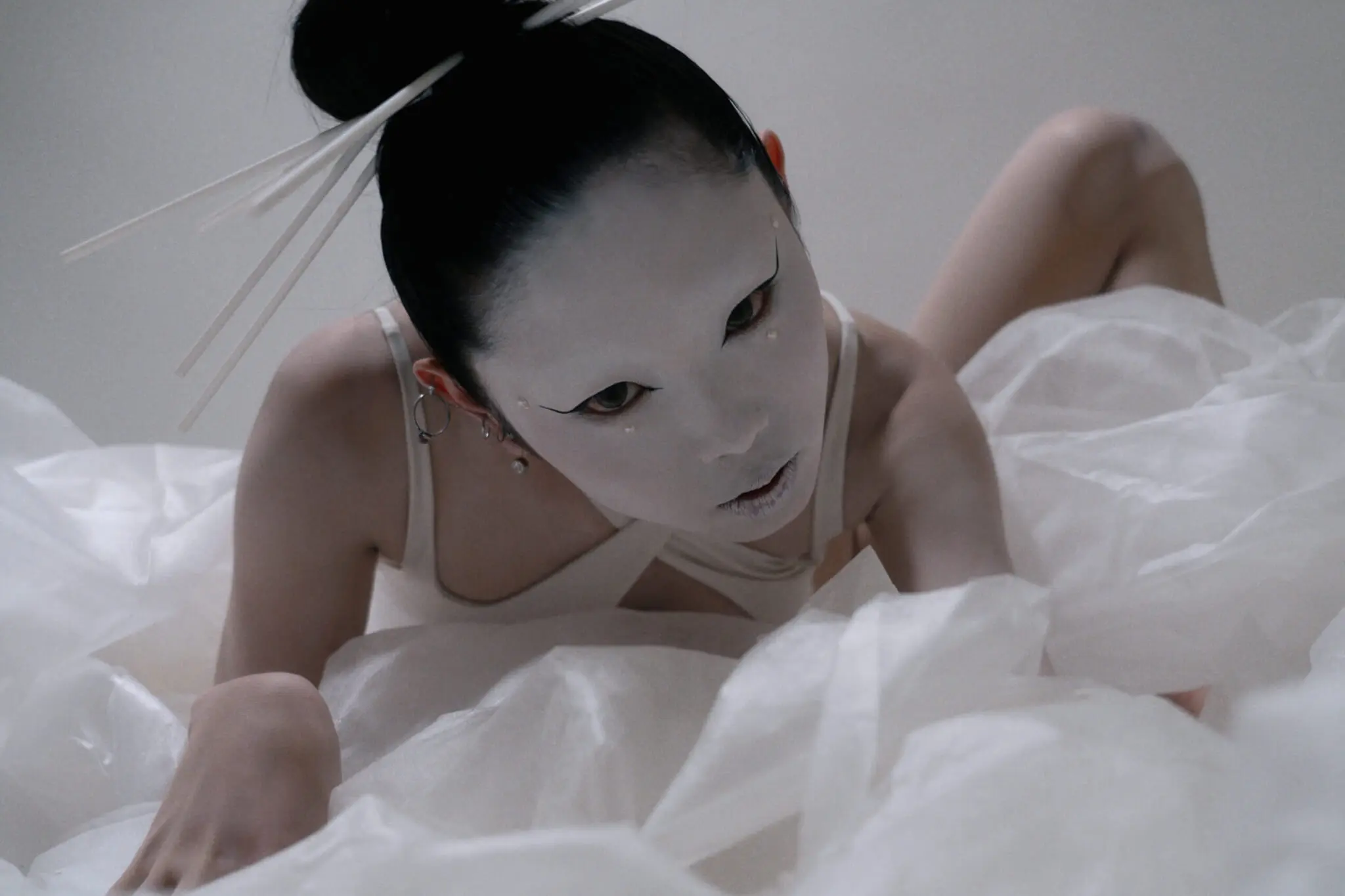
Kana is part of a new generation of Butoh dancers, though it’s hard to neatly categorize in Butoh. The art form is still very underground, resistant to rules and systematization. Perhaps one of the biggest markers of a new generation is the significantly higher number of women and also non-Japanese Butoh dancers. New generations are taking all that Butoh is and building on it, embossing it with their own stamp. It’s often said that there are as many types of Butoh as there are Butoh choreographers.
“Butoh is not something you learn. You find it through observing and interacting and make it your own. Like your own voice,” Kana says, echoing the sentiments of pioneers of the art form. “That’s why I belong to no Butoh company, though I love to collaborate,” she adds.
True to the origin of Butoh, Kana is daring to be different — primarily in terms of the choreography she uses, but also in the way she puts her own spin on her makeup and costume designs. The only rule is “No Rules.”
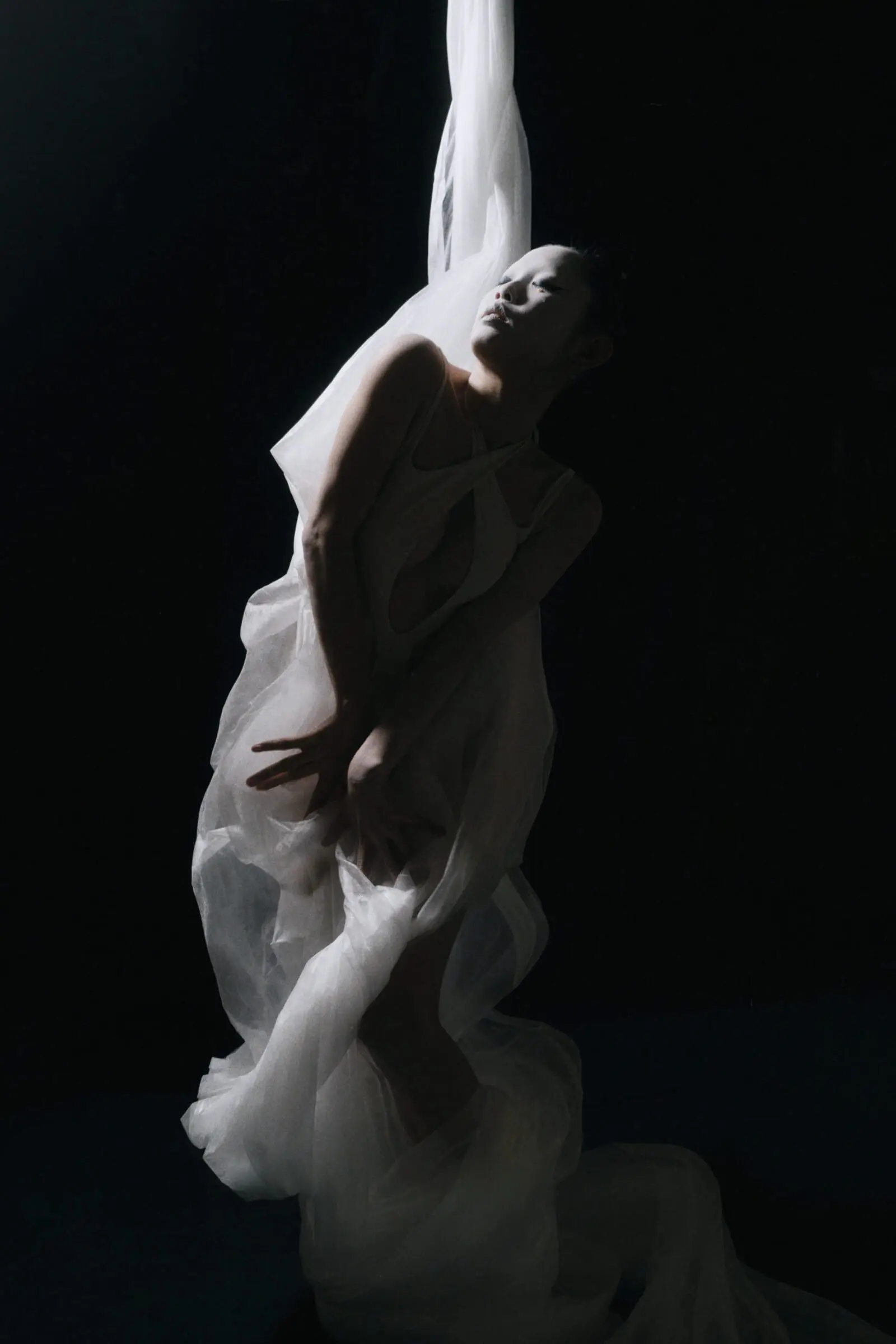
Butoh as a Prayer
In addition to being innovative and experimental, Kana’s Butoh is very spiritual. She talks of Shintoism, the deities that reside all around us, such as the seven gods who are said to reside on each grain of rice, and the act of letting the divine speak through you. Her motto is “My Butoh is prayer.”
In Butoh, one’s inner landscape is projected through the outer, visible body, and when Kana projects Butoh with her body, she takes the energy from the world around her. Or, as she puts it: “I let the spirits enter my body.” She recently had an experience of dancing while meditating on the victims of the Tohoku earthquake; afterwards, she says, she fell sick, as she felt the spirits didn’t leave her body for days.
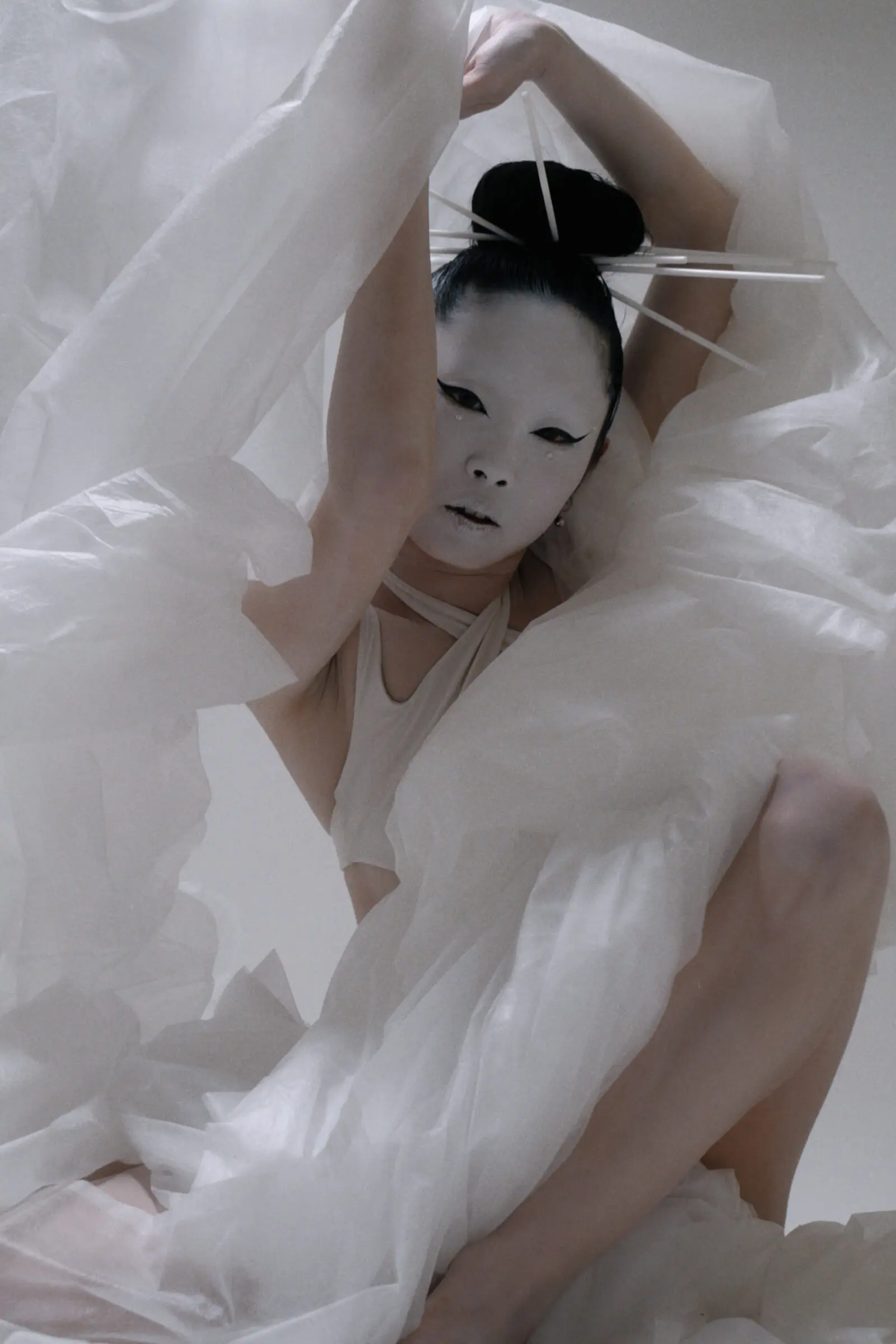
From this account, it may sound as though she lends her body to the artform and the divine, but Kana believes she is renting the body to begin with. “Body is an illusion,” she says. “But, also, this body, this avatar is not just mine. I feel responsible for it.”
This temporary depersonalization manifests when she’s dancing, when Kana feels like she exits her body, floating above and directing herself. “I recently started feeling like I’m some kind of human AI, collecting everyone’s consciousness, or energy, or data, and trying to make sense of it,” she muses.
Dark Nouveau
If World War II was the trigger for the creation of Butoh, the next generations kept facing their own demons, from post-bubble era disillusionment to the 2011 Tohoku disaster, and most recently, the COVID-19 pandemic. Exploring taboo themes and feeling the extent of difficult human feelings is central to Butoh’s philosophy, so it often tackles death, disease and mental illness. Kana doesn’t shy away from sharing both statistics as well as personal stories of suicide in Japan. It’s been weighing on her mind more than ever since the pandemic. “Suicide is too common in this country,” she says. She urges people to “reconnect to yourself, to emotion.”
At the same time, the pandemic halt brought clarity.
“I stopped for the first time since I was born,” Kana recalls, “and I was able to think. Japanese society — Japanese people are always working, working. And even as an artist, I just kept working. [The pandemic] got me out of this busy, superficial life we have.”
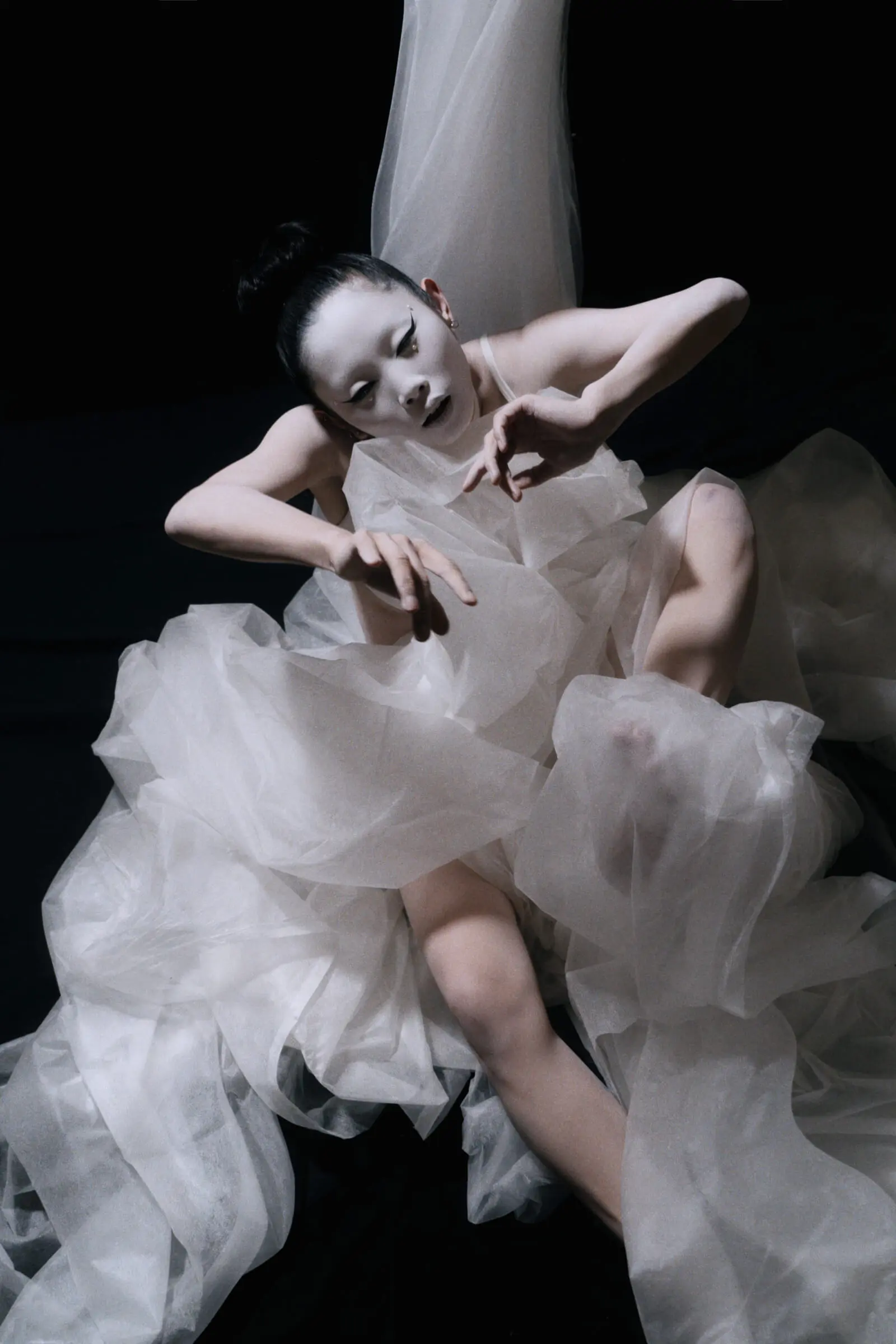
With time to think, to peel away layers of masking and social conditioning, she reached closer to her artistic core and reaffirmed her dedication to Butoh. “I want to die dancing on stage,” she says rather matter-of-factly, and she means it. No dark undertones, just a Butoh dancer comfortable with speaking about death.
Kana recalls a recent workshop she taught, where everyone in attendance cried. “It was beautiful.” We conclude that practicing art doesn’t have to be about being skilled, but just doing it for your spiritual and emotional well-being. “We all have our own Butoh,” Kana affirms. Hers is dance; others have other forms of making art or finding meaning — that’s their own Butoh. “Butoh is your expression.”
I find myself deeply moved by her words and devotion to her craft. Later, I write a poem inspired by our time together:
Peeling ply after ply,
gossamer silk fragments
of the false layers of self.
In the heart of the onion undone — a live wire.
Unraveling oneself is no easy feat, but finding art within oneself — finding oneself — is worth it.
To learn more about Kana Kitty, visit her website or find her on Instagram at @kk_sinsoseek_ or @butoh_info.
